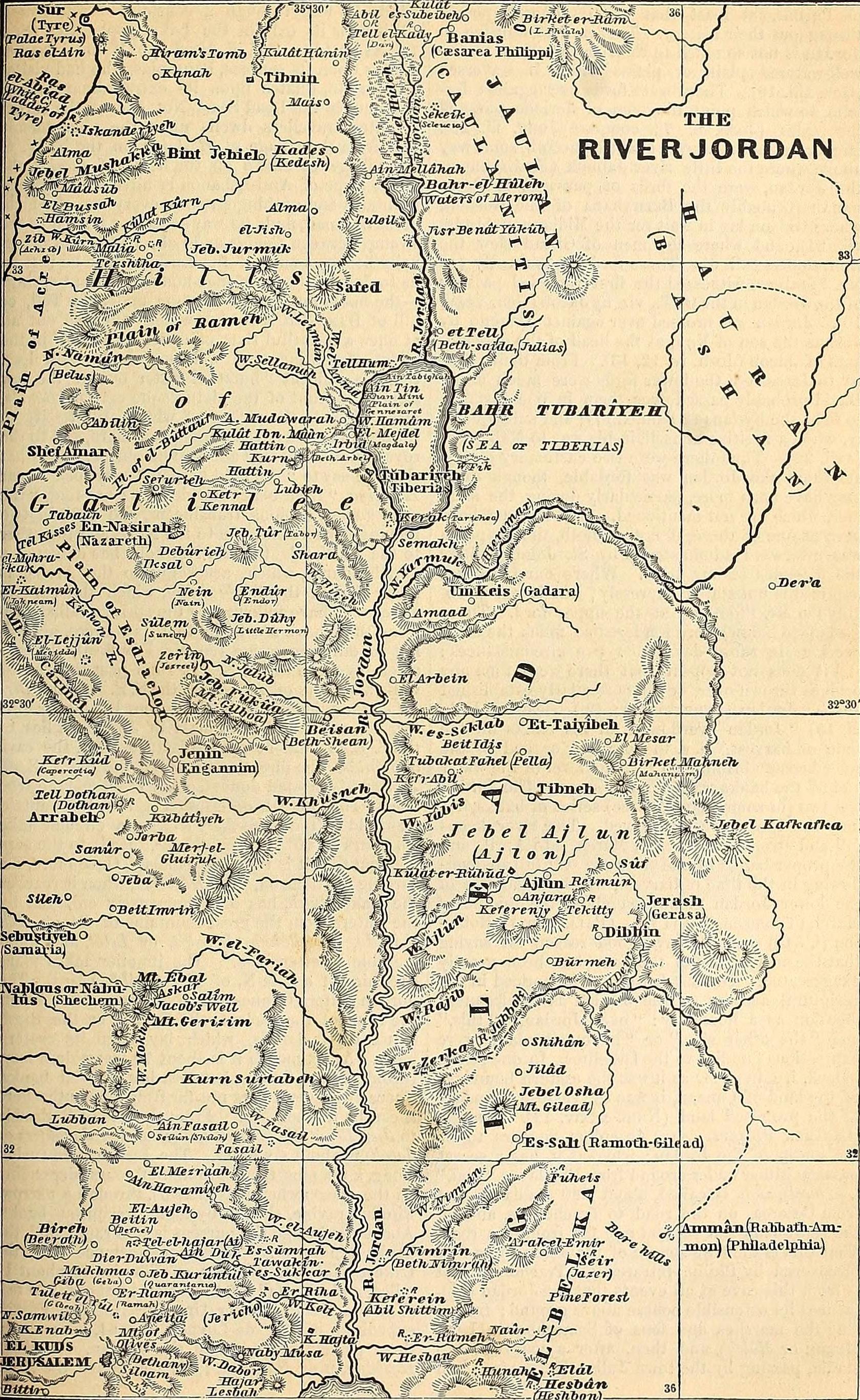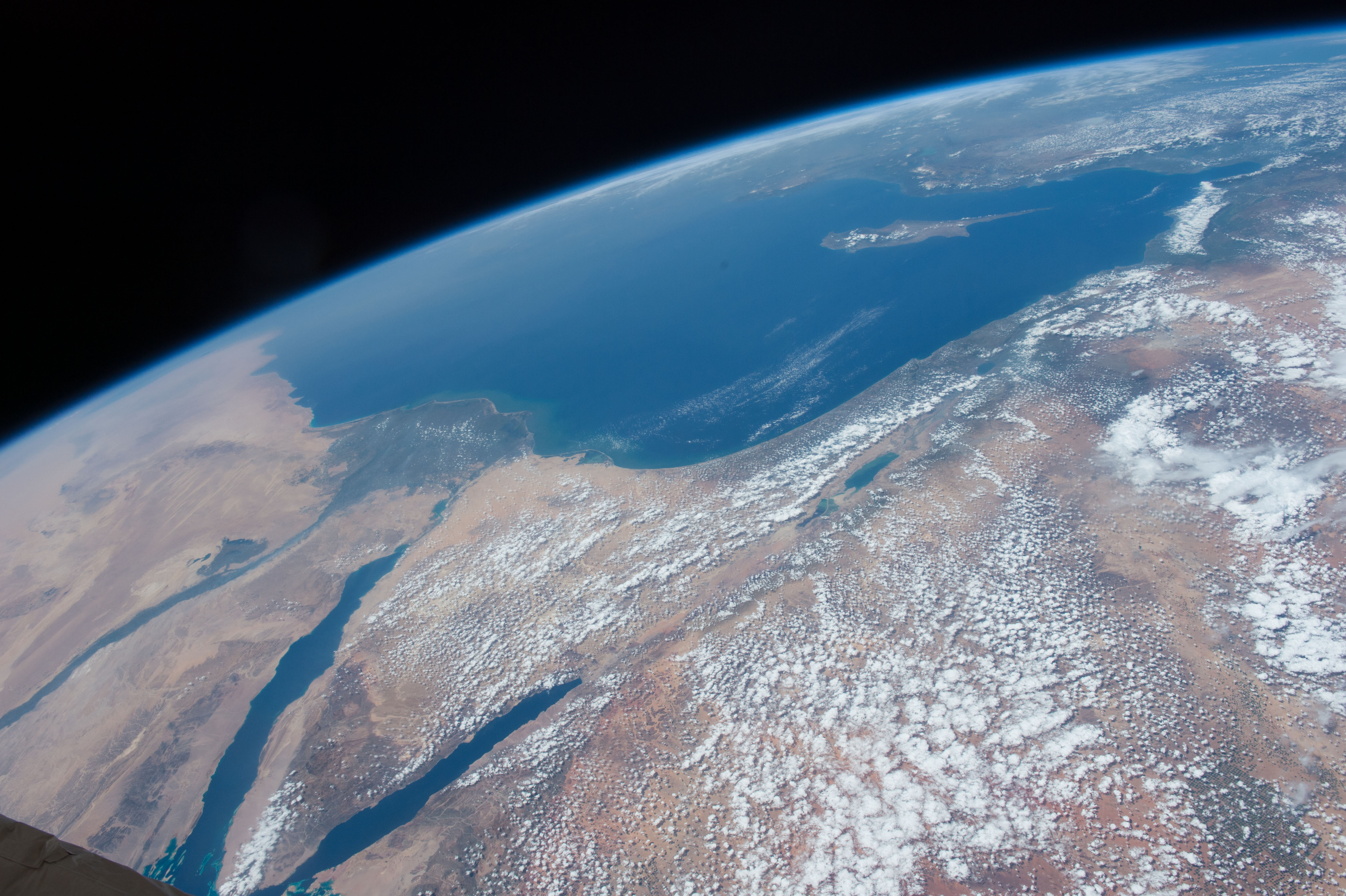|
Jordanian People
Jordan has a population of more than 11.1 million inhabitants as of 2023. Jordanians () are the citizens of Jordan. Around 94% of Jordanians are Arabs, while the remaining 6% belong to ethnic minorities, including Circassians, Chechens, Assyrians, Armenians and Kurds. In early 2016 about 30% of the population were non-citizens, a figure including refugees, and legal and illegal immigrants. Jordan's annual population growth rate stands at 3.05% as of 2023, with an average birth rate of 2.8. There were 1,977,534 households in Jordan in 2015, with an average of 4.8 persons per household. The official language is Arabic, while English is the second most widely spoken language by Jordanians. It is also widely used in commerce and government. In 2016, about 84% of Jordan's population live in urban towns and cities. Many Jordanians and people of Jordanian descent live across the world, mainly in the Gulf Cooperation Council Countries, United States, Canada and Turkey. In 2016, Jord ... [...More Info...] [...Related Items...] OR: [Wikipedia] [Google] [Baidu] |
Kurds In Jordan
Kurds in Jordan refers to people born in or residing in Jordan who are of Kurdish people, Kurdish origin. The Kurdish population in Jordan is approximately 30,000 and they mainly live in the cities of Amman, Irbid, Salt, Jordan, Salt and Zarqa. The approximately 100 years old community are almost completely integrated into the Jordanian society. Because of the integration of the Kurdish community, they do not have a granted seat in the Parliament of Jordan. Kurds have been living in Jordan since 1173 with the establishment of Saladin's Ayyubid dynasty. Kurds in the military of the Ottoman Empire later settled in Salt. Kurds fled to Jordan as a result of the Kurdish massacres in Turkey in the 1920s and 1930s, more Kurds arrived to Jordan from Palestine (region), Palestine during the 1948 Palestinian expulsion and flight and the 1967 Palestinian exodus and later Kurdish refugees arrived to Jordan from Iraq after the Gulf War. There are also many Iranian Kurds in Jordan as refugees ... [...More Info...] [...Related Items...] OR: [Wikipedia] [Google] [Baidu] |
Lebanon
Lebanon, officially the Republic of Lebanon, is a country in the Levant region of West Asia. Situated at the crossroads of the Mediterranean Basin and the Arabian Peninsula, it is bordered by Syria to the north and east, Israel to the south, and the Mediterranean Sea to the west; Cyprus lies a short distance from the coastline. Lebanon has a population of more than five million and an area of . Beirut is the country's capital and largest city. Human habitation in Lebanon dates to 5000 BC. From 3200 to 539 BC, it was part of Phoenicia, a maritime civilization that spanned the Mediterranean Basin. In 64 BC, the region became part of the Roman Empire and the subsequent Byzantine Empire. After the seventh century, it Muslim conquest of the Levant, came under the rule of different Islamic caliphates, including the Rashidun Caliphate, Rashidun, Umayyad Caliphate, Umayyad and Abbasid Caliphate, Abbasid. The 11th century saw the establishment of Christian Crusader states, which fell ... [...More Info...] [...Related Items...] OR: [Wikipedia] [Google] [Baidu] |
Jordan River
The Jordan River or River Jordan (, ''Nahr al-ʾUrdunn''; , ''Nəhar hayYardēn''), also known as ''Nahr Al-Sharieat'' (), is a endorheic river in the Levant that flows roughly north to south through the Sea of Galilee and drains to the Dead Sea. The river passes by or through Jordan, Syria, Israel, and the Palestinian territories. Jordan and the Israeli-occupied Golan Heights border the river to the east, while Israel and the Israeli-occupied West Bank lie to its west. Both Jordan and the West Bank derive their names in relation to the river. The river holds major significance in Judaism and Christianity. According to the Bible, the Israelites crossed it into the Promised Land and Jesus of Nazareth was baptized by John the Baptist in it. Etymology Several hypotheses for the origin of most of the river's names in modern languages (e.g., Jordan, Yarden, Urdunn), one is that it comes from Semitic 'Yard, on' 'flow down' <√ירד reflecting the river's declivity, possibly a ... [...More Info...] [...Related Items...] OR: [Wikipedia] [Google] [Baidu] |
Transjordan Memorandum
The Transjordan memorandum was a British memorandum passed by the Council of the League of Nations on 16 September 1922, as an addendum to the Mandate for Palestine. The memorandum described how the British government planned to implement Article 25 of the Mandate, which had been drafted during the March 1921 Cairo Conference to include Transjordan in the Mandate without applying the provisions regarding Jewish settlement. Background In the aftermath of WWI, the Levant was divided by the British and French into three military regions known as OETA North, South and East. OETA South roughly comprised what became Mandatory Palestine, with eastern boundary at the Jordan River, while OETA East included a major portion of Transjordan. Local councils were established in Transjordan under British guidance in early 1920, but Transjordan had no unified administration until the arrival in November 1920 of Abdullah bin al-Hussein, who was appointed ''Emir of Transjordan'' in 1921. Mea ... [...More Info...] [...Related Items...] OR: [Wikipedia] [Google] [Baidu] |
Emirate Of Transjordan
The Emirate of Transjordan (), officially the Amirate of Trans-Jordan, was a British protectorate established on 11 April 1921,Hashemite Monarchs of Jordan , "The Emirate of Transjordan was founded on April 11, 1921, and became the Hashemite Kingdom of Jordan upon formal independence from Britain in 1946" which remained as such until achieving formal independence from Britain as the Kingdom of Transjordan in 1946. After the Ottoman defeat in World War I, the Transjordan region was administered within OETA East; after the British withdrawal in 1919, this regi ... [...More Info...] [...Related Items...] OR: [Wikipedia] [Google] [Baidu] |
Mandatory Palestine
Mandatory Palestine was a British Empire, British geopolitical entity that existed between 1920 and 1948 in the Palestine (region), region of Palestine, and after 1922, under the terms of the League of Nations's Mandate for Palestine. After an Arab Revolt, Arab uprising against the Ottoman Empire during the First World War in 1916, British Empire, British Egyptian Expeditionary Force, forces drove Ottoman Empire, Ottoman forces out of the Levant. The United Kingdom had agreed in the McMahon–Hussein Correspondence that it would honour Arab independence in case of a revolt but, in the end, the United Kingdom and French Third Republic, France divided what had been Ottoman Syria under the Sykes–Picot Agreement—an act of betrayal in the eyes of the Arabs. Another issue was the Balfour Declaration of 1917, in which Britain promised its support for the establishment of a Homeland for the Jewish people, Jewish "national home" in Palestine. Mandatory Palestine was then establishe ... [...More Info...] [...Related Items...] OR: [Wikipedia] [Google] [Baidu] |
Sykes–Picot Agreement
The Sykes–Picot Agreement () was a 1916 secret treaty between the United Kingdom and France, with assent from Russia and Italy, to define their mutually agreed spheres of influence and control in an eventual partition of the Ottoman Empire. The agreement was based on the premise that the Triple Entente would achieve success in defeating the Ottoman Empire during World War I and formed part of a series of secret agreements contemplating its partition. The primary negotiations leading to the agreement took place between 23 November 1915 and 3 January 1916, on which date the British and French diplomats, Mark Sykes and François Georges-Picot, initialled an agreed memorandum. The agreement was ratified by their respective governments on 9 and 16 May 1916. The agreement effectively divided the Ottoman provinces outside the Arabian Peninsula into areas of British and French control and influence. The British- and French-controlled countries were divided by the Sykes–Picot line ... [...More Info...] [...Related Items...] OR: [Wikipedia] [Google] [Baidu] |
Eastern Mediterranean
The Eastern Mediterranean is a loosely delimited region comprising the easternmost portion of the Mediterranean Sea, and well as the adjoining land—often defined as the countries around the Levantine Sea. It includes the southern half of Turkey's main region, Anatolia; its smaller Hatay Province; the island of Cyprus; the Greek Dodecanese islands; and the countries of Egypt, Israel, Jordan, State of Palestine, Palestine, Syria and Lebanon. Its broadest uses can encompass the Libyan Sea (thus Libya), the Aegean Sea (thus East Thrace, European Turkey and the mainland and islands of Greece), and the Ionian Sea (thus southern Albania in Southeast Europe) and can extend west to Italy's farthest south-eastern coasts. Jordan is climatically and economically part of the region. Regions The eastern Mediterranean region is commonly interpreted in two ways: *The Levant, including its historically tied neighboring countries, Balkans and islands of Greece. *The Syria (region), region of Sy ... [...More Info...] [...Related Items...] OR: [Wikipedia] [Google] [Baidu] |
League Of Nations
The League of Nations (LN or LoN; , SdN) was the first worldwide intergovernmental organisation whose principal mission was to maintain world peace. It was founded on 10 January 1920 by the Paris Peace Conference (1919–1920), Paris Peace Conference that ended the World War I, First World War. The main organisation ceased operations on 18 April 1946 when many of its components were relocated into the new United Nations (UN) which was created in the aftermath of the World War II, Second World War. As the template for modern global governance, the League profoundly shaped the modern world. The League's primary goals were stated in its Covenant of the League of Nations, eponymous Covenant. They included preventing wars through collective security and Arms control, disarmament and settling international disputes through negotiation and arbitration. Its other concerns included labour conditions, just treatment of native inhabitants, Human trafficking, human and Illegal drug tra ... [...More Info...] [...Related Items...] OR: [Wikipedia] [Google] [Baidu] |






